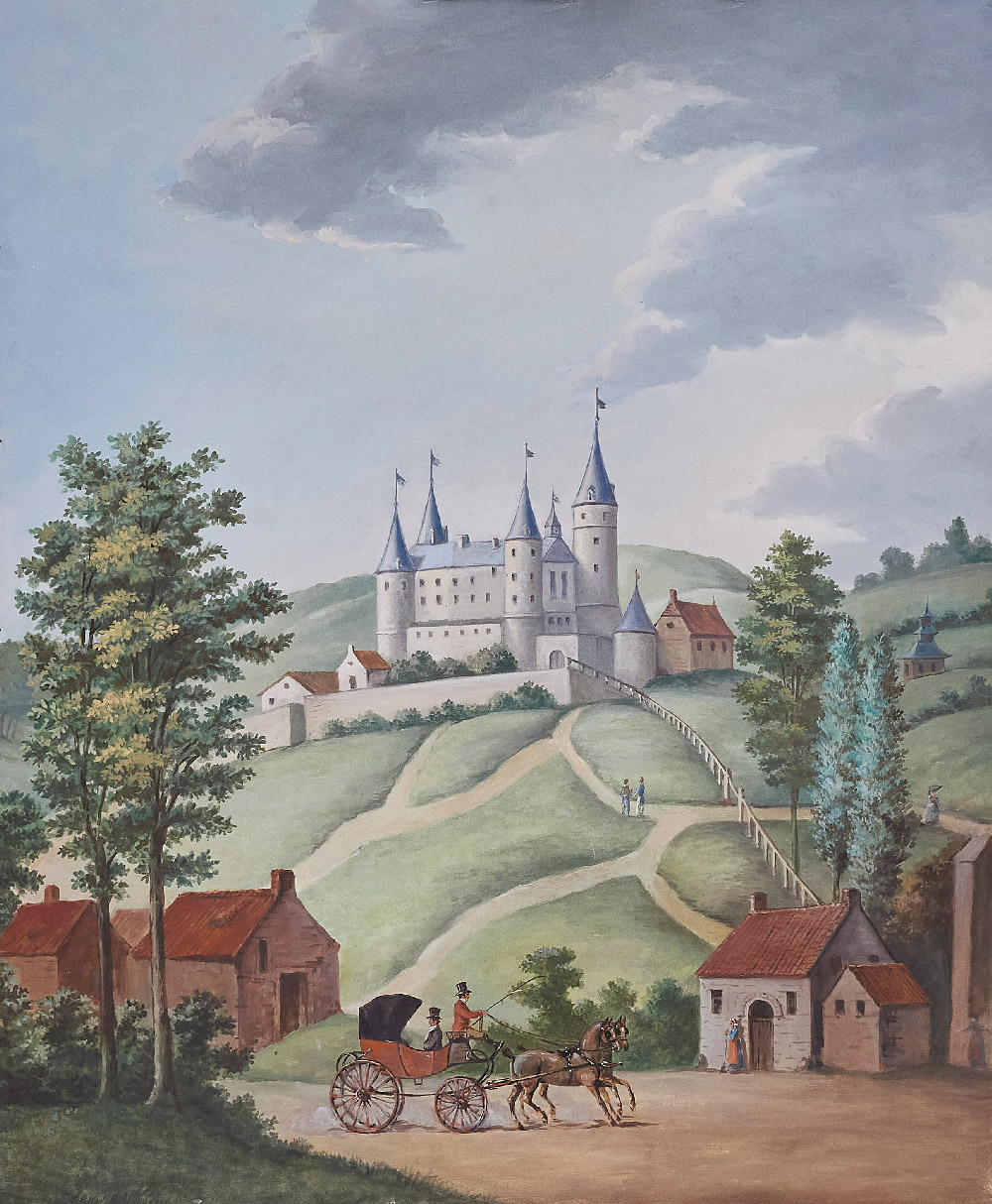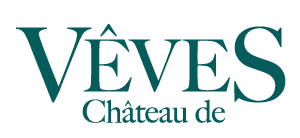Château sacré Patrimoine préféré des Wallons
History
The Château de Vêves holds many secrets and stories waiting to be discovered...

XVème siècle
XVème siècle
Château sacré Patrimoine préféré des Wallons
CASTLE HISTORY
The Château de Celles, also known as Château de Vêves, classified as an exceptional heritage site, is one of the most remarkable examples of 15th-century military architecture. According to tradition and chronicles, the foundations of the original castle date back to the time of Pepin of Herstal (670–714), who was drawn to the area by the presence of Saint Hadelin and the favorable position of the hill, which overlooks and commands the old road from Dinant to Rochefort. Destroyed in 1200 and rebuilt in 1230, the buildings were burned down at the beginning of the 15th century and were later restored after the fire. The castle remained a fortress until the end of the Middle Ages. During the Renaissance, the buildings underwent a complete transformation; later, under Louis XV, further modifications were made, mainly concerning the interior layout, including wood paneling, alcoves, and wall windows. The layout forms an irregular triangle flanked by four large towers and two smaller ones.
1969 - 1979
1969 - 1979
Certains détails amuseront les visiteurs
renovation of the castle
During its revival between 1969 and 1979, the care given to the castle’s decoration allows visitors to imagine and travel through the various periods from the Middle Ages to the present day. The rooms of the castle were brought back to life in part thanks to 18th-century furniture donated by Countess Athénaïs de Mortemart to Count Hadelin. He entrusted the interior decoration of the Château de Vêves to his wife, so as to continue the work begun by previous generations.
Achetez vos billets
Réservez votre visite
Préparez dès maintenant votre visite en réservant vos billets via notre billetterie en ligne.
Plan your visit using the Château’s visit timetable.
Select the date of your choice in the calendar and click on “search” to buy your admission tickets.
Loading in progress...



